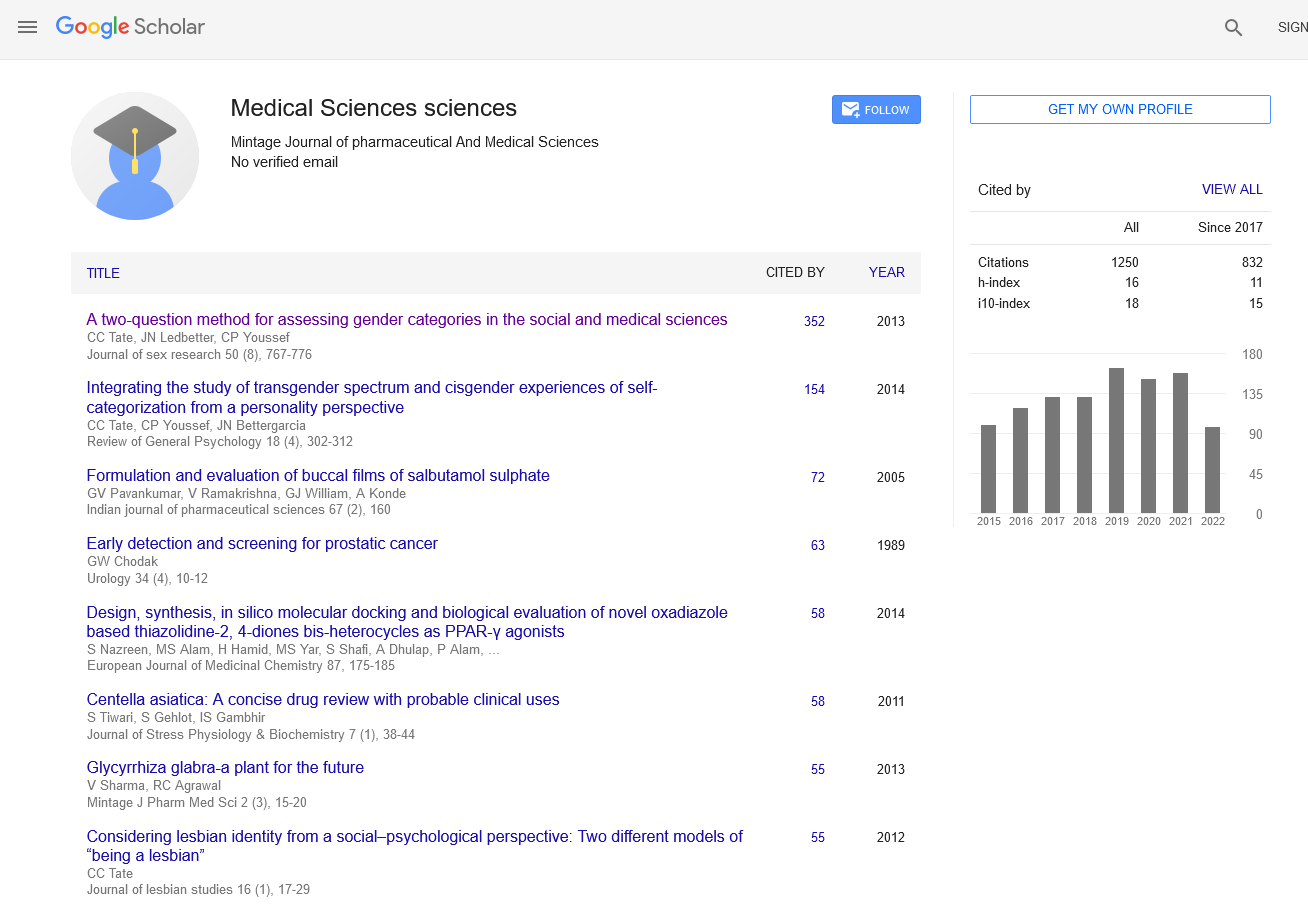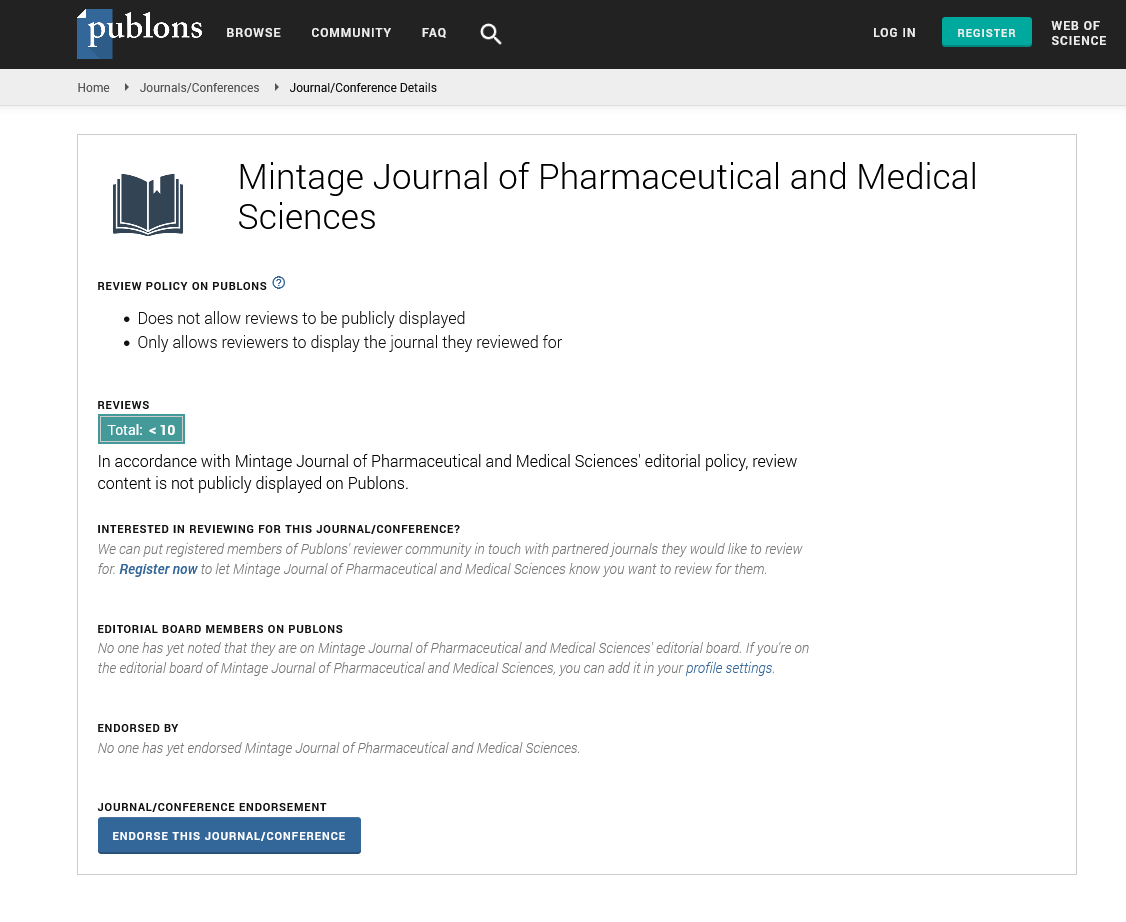Abstract
REVIEW OF ANTI PARKINSONIAN EFFECTS OF ACE INHIBITORS DEMONSTRATED IN VARIOUS ANIMAL AND CLINICAL STUDIES
Author(s): FAZEEL ZA *1, VENKATA RAO Y
Parkinsons’ disease is the second most common neurodegenerative disorder of the world characterized by involuntary muscle movements. It occurs due to degeneration of dopaminergicneurons in substantianigra and deficiency of dopamine in neostriatum. Brain Renin angiotensin system has been identified which is distinct but similar to peripheral renin angiotensin system. It comprises of angiotensin I to IV as mediators; pro-renin receptor, AT1 AT2 and AT4 receptors. Angiotensin converting enzyme (ACE) and AT1 receptor have been identified in substantianigra. Increased activity of ACE and their pro-inflammatory role have been demonstrated in animal models of parkinsons’ disease. Anti-inflammatory action of certain ACE inhibitors and Angiotensin Receptor Blockers (ARB’s) in Parkinson induced neurons have also been demonstrated in animal models. The preceding findings have also been identified in some clinical studies.

ISSN: 2320-3315
ICV :81.58

